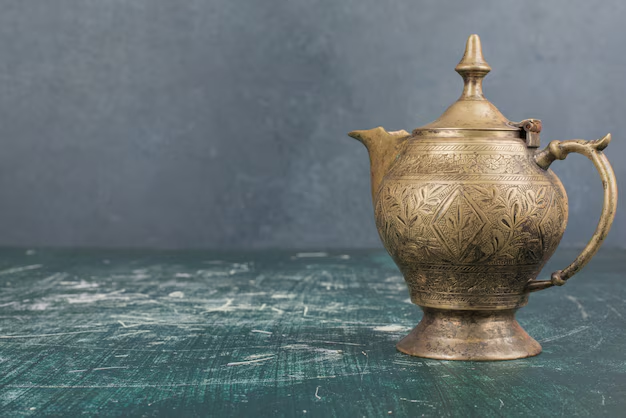Exploring the Inventive Journey of the Refrigerator in the 1920s: A Timeless Innovation
In the age of smart gadgets and high-tech appliances, there's one common household item that quietly supports modern living: the refrigerator. Today, we often take this essential device for granted. Yet, its journey from a mere idea to a kitchen staple in the 1920s is a fascinating story of ingenuity and perseverance. This article delves into the origins of the refrigerator, highlighting key inventors and developments that occurred during this transformative decade.
🕰️ The Landscape Before the Modern Refrigerator
Before the refrigerator we know today came into being, preserving food was a challenging, labor-intensive task. In the early 20th century, people primarily used iceboxes, which required large blocks of ice to keep food cool. Although effective to a degree, it was far from convenient. This limitation set the stage for inventors to seek a more reliable solution for food preservation.
The Role of Refrigeration in Society
Refrigeration dramatically transformed food storage and safety, allowing for more extended preservation of perishable goods. This was not only convenient but also helped to reduce foodborne illnesses and waste. Increased access to refrigeration meant families could store food for longer periods, changing consumption patterns and lifestyle habits.
Early Innovations Pre-1920s
Refrigeration's history began well before the 1920s, with various experiments and prototypes dating back to the 18th century. Scientists and inventors like Oliver Evans and John Gorrie toyed with the concept of mechanical refrigeration. In the late 1800s, Carl von Linde patented an ammonia-based refrigeration system that paved the way for subsequent innovations.
🧑🔬 Who Truly Invented the Refrigerator in the 1920s?
The 1920s marked a significant period in the development of home refrigeration systems. By this decade, refrigerators evolved from industrial-scale uses to becoming accessible household appliances. Among the key figures in this transition were Alfred Mellowes and the company General Electric.
Alfred Mellowes and the Guardian Frigerator Company
In 1916, Alfred Mellowes developed an early version of the refrigerator with a built-in compressor. This design was innovative for its time, taking the form of what we consider a modern refrigerator. Mellowes founded the Guardian Frigerator Company, which manufactured convenience-sized units for home use. Although his early models were not immediate commercial successes, they laid foundational design principles.
General Electric and the “Monitor Top”
General Electric (GE) played a pivotal role in revolutionizing home refrigeration. In 1927, GE introduced the "Monitor Top" refrigerator, the first widely successful model. It was named for its top-mounted cooling unit, reminiscent of the USS Monitor's gun turret. This model became hugely popular, characterized by its reliability and affordability compared to previous models. It is often credited with solidifying the refrigerator's place in American homes.
📈 The Impact of the 1920s Refrigerator Innovation
The 1920s refrigerators signaled a shift not only in technology but also in culture and daily life. With refrigeration technology becoming more consumer-friendly, several societal changes were prompted.
Economic and Cultural Effects
Consumer Culture: The rise of the modern refrigerator spurred a new consumer culture and influenced the creation of supermarkets. As people were able to store more food effectively, shopping habits evolved.
Public Health: The ability to keep food fresh longer had significant public health impacts, greatly reducing the risk of foodborne illnesses.
Economic Growth: The refrigerator industry became a notable economic force, prompting advances in manufacturing and creating numerous jobs.
Advancements Post-1920s
The groundwork laid in the 1920s inspired countless innovations in subsequent decades. From energy efficiency improvements to advanced features like freezers, the refrigerator has continuously evolved, demonstrating that initial ground-breaking innovations can spark limitless potential.
🚀 Summary of Key Innovations in 1920s Refrigeration
Here's a quick summary of the important developments that shaped the era:
Alfred Mellowes: Developed a prototype with a built-in compressor, fundamental in refrigerator design development.
General Electric's Monitor Top: The first successful commercial refrigerator that made household refrigeration feasible.
Cultural Transition: Shifted household behaviors from daily or weekly food shopping to less frequent, larger grocery trips.
🌟 Looking Beyond: Lessons from the 1920s Innovation
Understanding the history of refrigerator development offers insight into the broader context of innovation and industry change. The advancements of the 1920s teach us several key lessons:
Persistence in Innovation: Breakthroughs often require time and multiple iterations before achieving commercial success.
Consumer Accessibility: Making technology user-friendly and affordable is crucial for widespread adoption.
Cultural Integration: New technology can fundamentally influence societal structures, promoting new industries and economic models.
Conclusion
The story of the refrigerator's invention in the 1920s is an inspiring narrative of innovation, problem-solving, and societal growth. Pioneers like Alfred Mellowes and enterprises such as General Electric didn’t just create a product; they revolutionized how society functions. Modern households, bustling supermarkets, and health standards all tie back to these early innovators' vision and determination, highlighting the profound impact that technological advancements can have on daily life. Remembering this history allows us to appreciate the humble refrigerator's legacy and continue supporting future innovations with the same zeal.
Whether you're pondering the inventions of yesteryear or considering potential innovations of tomorrow, the legacy of the 1920s refrigerator serves as a triumphant testament to human ingenuity, with enduring lessons about progress and adaptation.
